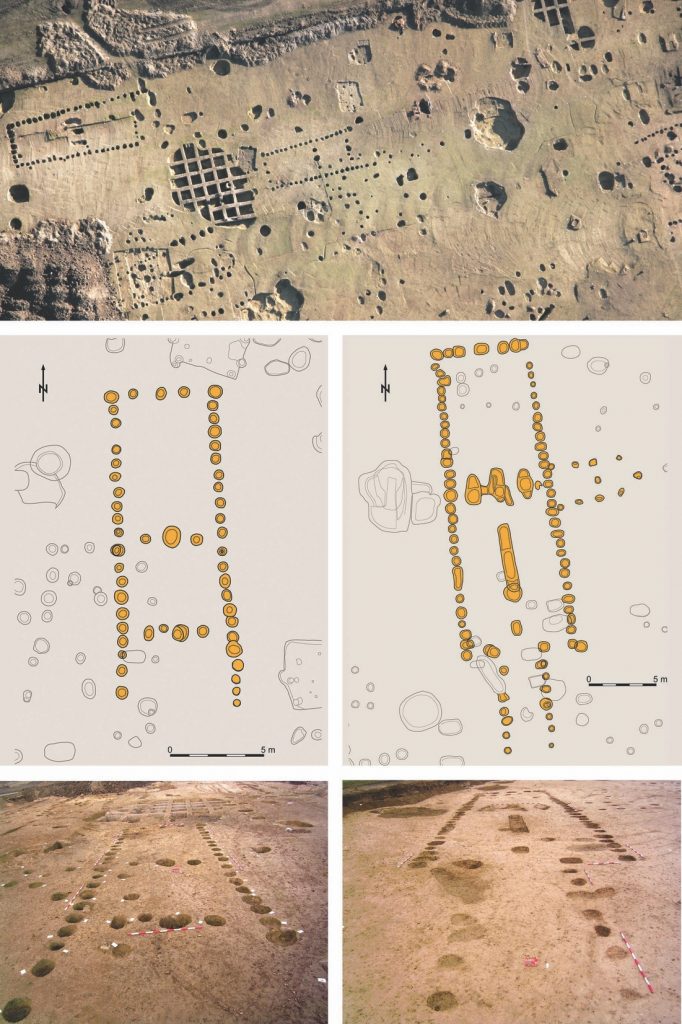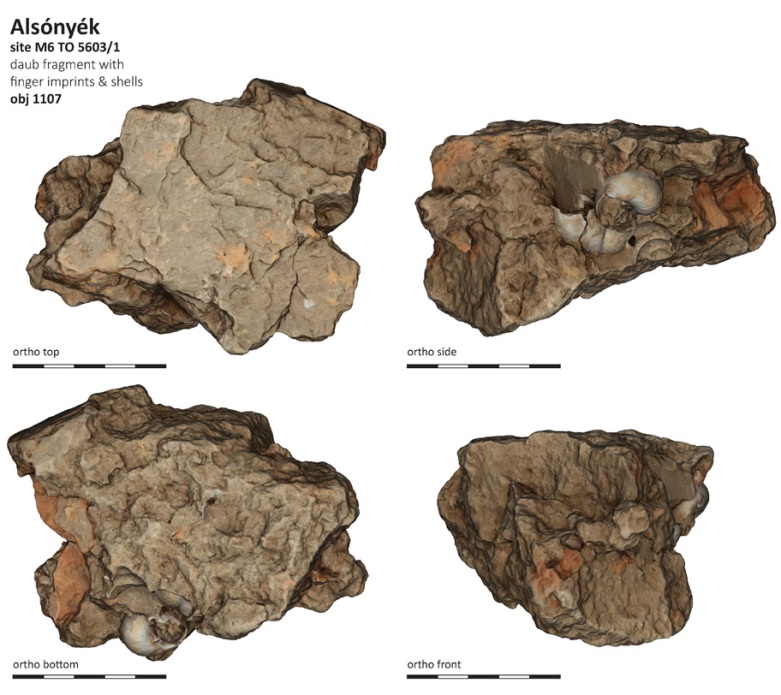The south-east Transdanubian Region known as the Sárköz was an important zone of interaction from the earliest Neolithic to the middle Copper Age. In this area, Neolithic cultures such as the Starčevo-Group encountered late hunter-gatherer groups. Based on excavations at the 6th-5th millennium BCE settlement of Alsónyék, one of the largest Neolithic sites in Europe, and neighbouring sites, the RGK is investigating the earliest farming communities of Europe in this region.

Detailed analyses of daub fragments and precise documentation of postholes make it possible to reconstruct the early development of long-houses.
In addition to the evaluation and publication of large-scale excavations, a key focus of the project is on the study of the landscape at large. Here, the environmental conditions are studied and reconstructed in detail in order to understand the factors that contributed to early societies becoming sedentary. This research helps to understand how first farmers spread to Central Europe, in order to establish a sedentary and food-producing lifestyle.
